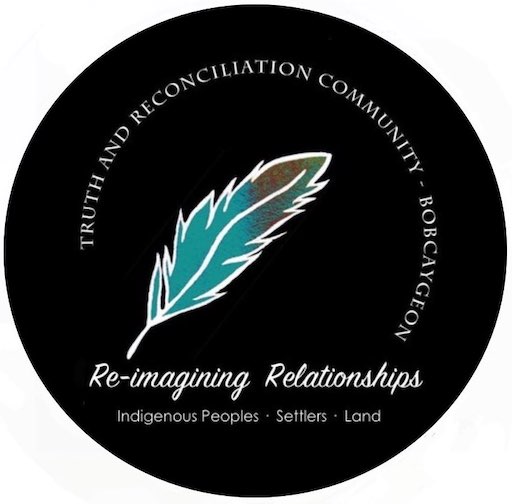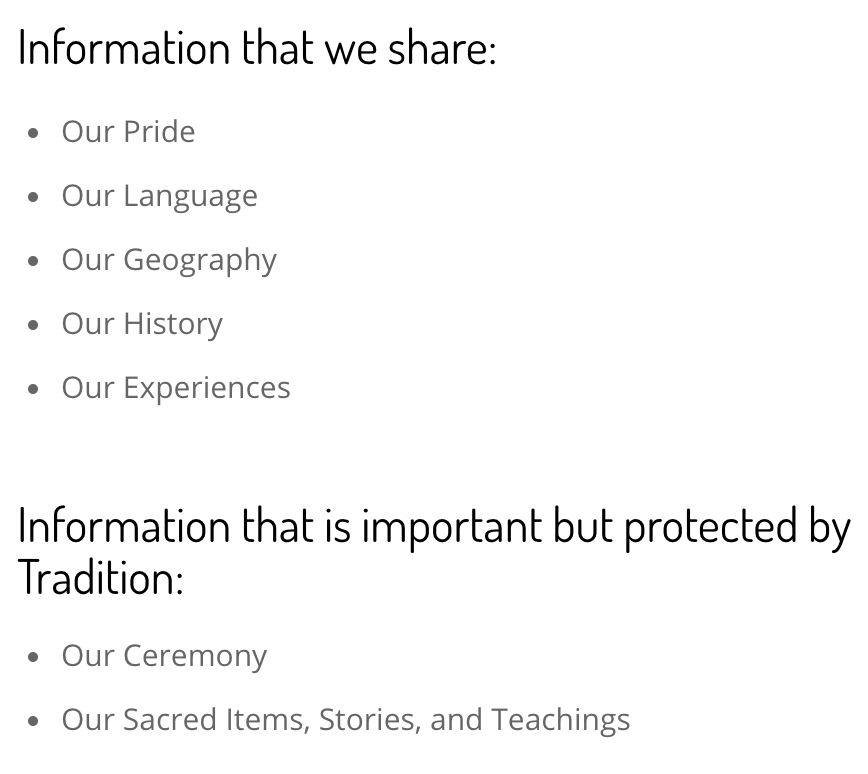The Ojibwe sought to live in harmony with all nature and respect all dwellers of the earth. They saw their existence as intertwined with that of the rest of the earth, so they accepted their food and provisions from the earth with great thanks. A prayer of thanks was offered up to Gitchie Manitou for every animal or plant they took for food or other basic needs (Flett).
Kaaren Dannenman, trapper and teacher, shared her knowledge with TRC Bobcaygeon in a workshop called “Gifts from the Moose.” Part of the learning for her trapping students is the different ceremonies offered for each animal.
As the Curve Lake Cultural Centre points out on their website Ceremonies are important but protected by Tradition.

There are many books that illustrate the importance and role of Ceremonies. One such example is in Wab Kinew’s memoir.
Kinew writes of his father, early on in the book: “More than any inheritance, more than any sacred item, more than any title, the legacy he left behind is this: as on that day in the sundance circle when he lifted me from the depths, he taught us that our time on earth we ought to love one another, and that when our hearts are broken, we ought to work hard to make them whole again. This is at the centre of sacred ceremonies practised by Indigenous people. This is what so many of us seek, no matter where we begin life. This is the reason you walk.” (Vancouver Sun Review)



